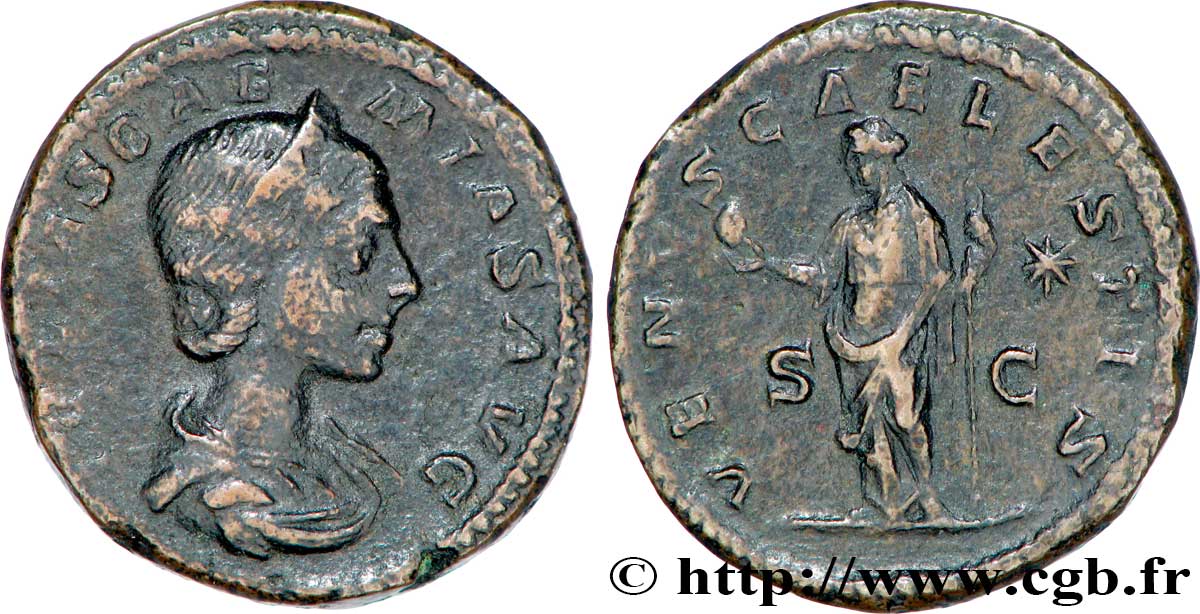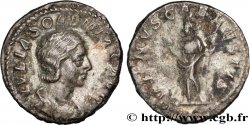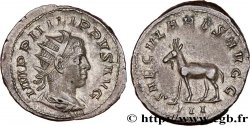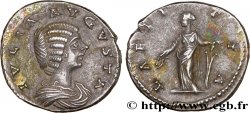Live auction - brm_297014 - JULIA SOAEMIAS Dupondius
You must signin and be an approved bidder to bid, LOGIN TO BID. Accounts are subject to approval and the approval process takes place within 48 hours. Do not wait until the day a sale closes to register. Clicking on "BID" constitutes acceptance of the terms of use of cgb.fr private live auctions.
Bids must be placed in whole Euro amounts only. The sale will start closing at the time stated on the item description; any bids received at the site after the closing time will not be executed. Transmission times may vary and bids could be rejected if you wait until the last second. For further information check the Live auction FAQ
All winning bids are subject to a 18% buyer’s fee.
All winning bids are subject to a 18% buyer’s fee.
| Estimate : | 300 € |
| Price : | 250 € |
| Maximum bid : | 300 € |
| End of the sale : | 08 October 2024 14:26:30 |
| bidders : | 3 bidders |
Type : Dupondius
Date: 220
Mint name / Town : Roma
Metal : copper
Diameter : 27 mm
Orientation dies : 12 h.
Weight : 14,13 g.
Rarity : R3
Coments on the condition:
Exemplaire sur un flan ovale et épais, complet des deux cotés. Très beau portrait. Revers de haut relief et de style fin. Très jolie patine marron foncé
Catalogue references :
Predigree :
Exemplaire provenant d’une vente Ratto de 1947 !
Obverse
Obverse legend : IVLIA SOAE-MIAS AVG.
Obverse description : Buste diadémé et drapé de Julia Soémias à droite vu de trois quarts en avant, les cheveux légèrement tressés (L).
Obverse translation : “Iulia Soæmias Augusta”, (Julia Soémias augusta).
Reverse
Reverse legend : VENVS CAEL-ESTIS/ -|*// SC.
Reverse description : Vénus debout à gauche, tenant de la main droite une pomme et de la main gauche un sceptre long.
Reverse translation : “Venus Cælestis”, (La Vénus céleste).
Commentary
Poids léger pour un dupondius. Le buste n’est pas posé sur un croissant comme l’antoninien ou les dupondii à partir de Julia Mamée, mais le buste est diadémé (stéphané) et peut laisser supposer que nous sommes bien en présence du dupondius. C’est la première fois que nous proposons ce type qui semble beaucoup plus rare que ne le laissent supposer les ouvrages généraux.








 Report a mistake
Report a mistake Print the page
Print the page Share my selection
Share my selection Ask a question
Ask a question Consign / sell
Consign / sell
 Full data
Full data














